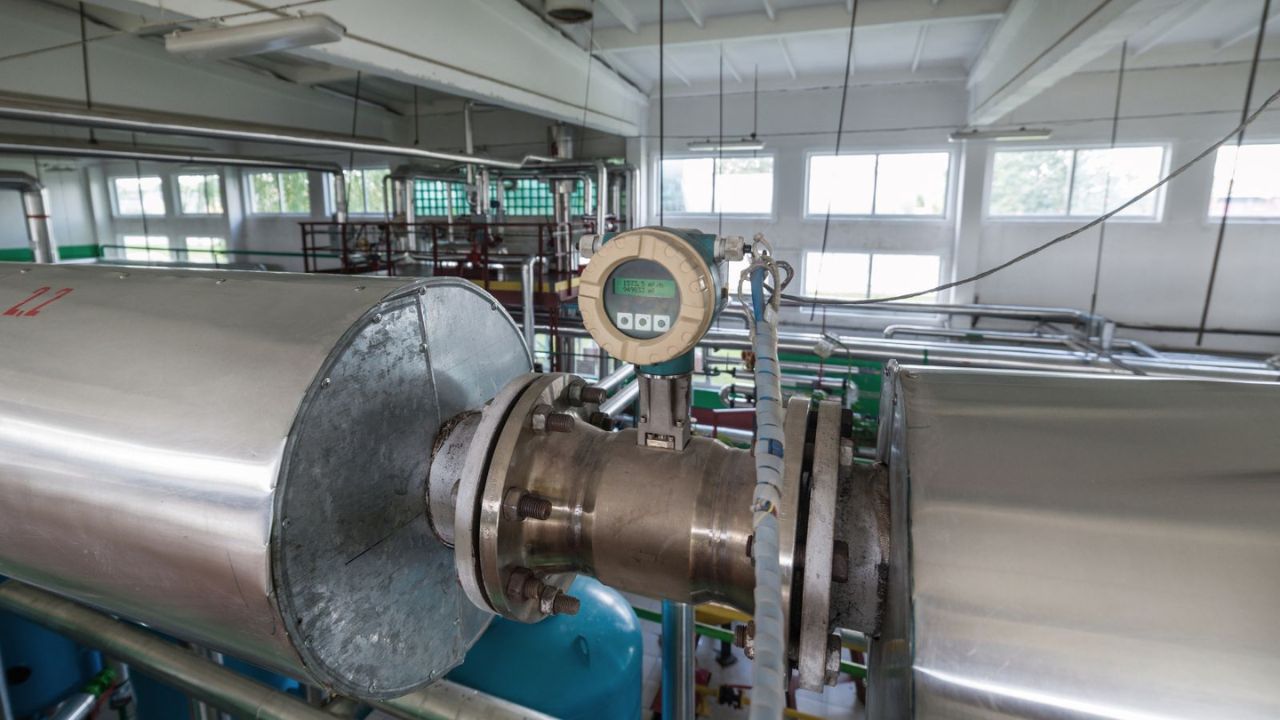When it comes to the fluid transportation industry, one must learn about the concepts of pipe velocity, currently an important skill to most engineers, technicians, and project managers. Pipe Velocity Calculator is a term that recognizes the rate at which gas or liquid traverses a pipeline in a given span of time. It is written in the form of meters per second or feet per second. It is imperative that the appropriate estimation of the velocity of the pipe guarantees the effectiveness of the system and avoids abrasion of both interior surfaces of the pipe, as well as promotes efficient utilization of energy.
Understanding the Pipe Velocity Formula
The most basic of equations underpinning the TUSPIPE guide is this:
v = 1.273 (Q/d 2 )
Velocity of fluid is v, volumetric flow rate is Q, and the internal diameter of the pipe is d. It can be used in imperial as well as metric systems, with small differences in constants depending upon the units in use. As an example, within the calculation of gallons per minute (GPM), the constant is converted to 0.4084 to fit calculations into imperial gallon-dictated parameters. These constants allow TUSPIPE to make it feasible to switch between GPM, ft/s, and m/s so that engineers can do so without losing accuracy.
Calculating Velocity in Imperial Units
In imperial measurement projects, the velocity of the pipes is usually measured in feet per second. In the TUSPIPE approach, the internal diameter is considered in feet and the rate in cubic feet per second. In cases where the measurement is measured in gallons per minute, the diameter input is in inches, and the answer is calculated using a specialized GPM formula. It is this flexibility that permits engineers working in regions that use imperial systems to get quick and reliable results, depending on their project’s needs.
Converting GPM to m/s with TUSPIPE’s Approach
Probably one of the most frequently required engineering requirements is to convert a known rate of flow in gallons per minute to velocity in meters/sec. TUSPIPE does this by categorically walking through a step-by-step procedure that involves firstly converting GPM to cubic meters per second and then applying the metric form of the velocity formula. The conversion is especially used in international undertakings where documentation, equipment, or specifications in projects involve metric data. Automating this can be seen to eliminate guesswork as well as ensure uniformity of all calculations through TUSPIPE.
Calculating Velocity in Metric Units
With projects utilizing the metric system, a measurement of the diameter of the pipe is in meters, and the flow rate is in cubic meters per second. Through the standard formula, TUSPIPE simplifies the calculation of the velocity of the fluid itself in meters per second. The calculating metric is applied to various industries in Europe, Asia, and elsewhere; thus, it is an invaluable talent to those engineers venturing into international projects. The online calculator offered by TUSPIPE delivers the results immediately; there is no need to convert manually, and the risk of calculating something wrong is also reduced to a minimum.
Practical Applications in Industry
In the oil and gas industry, water treatment, chemical processing, and manufacturing, the calculations of the velocity of pipes are critical. In oilfields where operations are carried out, the speed of the fluid in use is kept within the right speed that does not cause damage to the drilling and transportation equipment. Velocity plays a role in filtering, settling, and pump efficiency in water treatment. The methodology of TUSPIPE guarantees that regardless of the sphere, professionals can make decisions that would help them increase the operational life of their equipment and performance.
TUSPIPE’s Commitment to Precision
As a company with more than a quarter-century of experience in the production and installation of pipelines, TUSPIPE brings together the best traditions of technical knowledge and the utilization of modern engineering tools to help clients around the globe. Their pipe velocity calculator signifies their keenness to precision, ease of usage, and keeping up with the market standards. Whether it is imperial to SI unit conversions, conversion of GPM to m/s, or seeking information on a specific unit of measurement, TUSPIPE has all the resources an engineer needs to ensure repeatable results.
Conclusion
There are no luxuries in the engineering world; precision is a must. It is a matter of course that pipe velocity calculations are a vital aspect of an efficient system of transporting fluids, whether in the form of GPM, ft/s, or m/s. The all-inclusive guide and calculators available through TUSPIPE close the gap between theory and its practical application, so that the professionals will feel equally confident when working with imperial and metric systems. TUSPIPE allows the engineers to design, maintain, and optimize piping systems whose performance is perfect in practice, and it achieves this through streamlining the process and offering apparent formulae.


